Medical injection-molded parts, as core components of medical devices, medical consumables, and drug delivery systems, have their precision directly related to the product's adaptability, safety, and long-term stability. According to clinical needs and industry standards, the precision grades of medical injection-molded parts can be divided into three levels: ultra-precision grade (±0.005mm), high-precision grade (±0.01mm), and precision grade (±0.05mm), with different grades corresponding to different application scenarios and technical requirements.
1. Ultra-Precision Grade (±0.005mm)
Application Scenarios: Pacemaker housings, artificial joint components, microfluidic chips, etc.
Technical Requirements:
-
Dimensional tolerances need to be controlled within ±0.005mm, and the surface roughness Ra ≤ 0.2μm.
-
It must pass 12 ISO 10993 biocompatibility tests, including cytotoxicity, sensitization, and pyrogen tests.
-
The mold manufacturing tolerance is ≤ ±0.003mm, and hard chromium plating or diamond-like carbon (DLC) coating is used to enhance wear resistance.
Typical Case: The PEEK artificial joint produced by KraussMaffei's all-electric injection molding machine achieves an injection pressure fluctuation of ±1% or less through a closed-loop servo system and a packing pressure repeatability of ±0.5MPa, ensuring a product weight variation of <0.1%.
2. High-Precision Grade (±0.01mm)
Application Scenarios: Syringe needles, cardiac stent catheters, infusion pump components, etc.
Technical Requirements:
-
Dimensional tolerances of ±0.01mm and a surface roughness Ra ≤ 0.8μm.
-
Production must take place in an ISO Class 7 (10,000-level) cleanroom, with suspended particle counts ≤ 3,520 particles/m³ and settled microbial counts ≤ 10CFU/dish.
-
The molecular weight distribution of raw materials must be narrower than 1.8 to ensure batch stability.
Typical Case: The PPSU medical sterilization container undergoes high-speed visual inspection (2,000 frames per second) to identify 0.1mm² weld marks and 70°C/168-hour accelerated aging tests to simulate a 5-year service life.
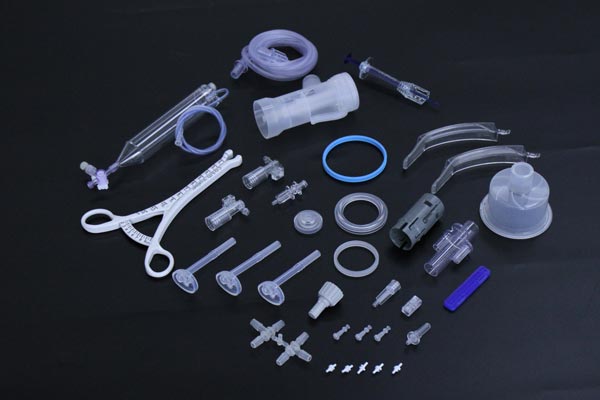
3. Precision Grade (±0.05mm)
Application Scenarios: Surgical instrument handles, medical labels, non-implantable catheters, etc.
Technical Requirements:
-
Dimensional tolerances of ±0.05mm and a surface free from orange peel texture, flow marks, and other defects.
-
It must pass gamma-ray or ethylene oxide sterilization validation and meet disinfection resistance requirements.
-
Production data is uploaded in real-time to an MES system, forming an electronic file with 150 parameters.
Typical Case: The IMD/IML-produced monitor housing achieves full-lifecycle traceability through laser marking, with a label positioning error of ±0.05mm.
Core Factors Affecting the Precision of Medical Injection-Molded Parts
1. Mold Precision and Manufacturing Process
-
Mold Tolerance Control: Ultra-precision molds require five-axis machining centers with tolerances ≤ ±0.003mm. For example, pacemaker housing molds must undergo ultrasonic cleaning and precision re-measurement after every 5,000 molding cycles.
-
Cooling System Design: Optimizing the mold cooling water circuit can reduce dimensional deviations caused by thermal expansion and contraction. Experiments show that a 20% increase in cooling efficiency can reduce shrinkage rate fluctuations by 35%.
-
Surface Treatment Technology: Hard chromium plating or DLC coating can extend mold life by more than three times, reducing dimensional changes due to wear.
2. Raw Material Performance and Stability
-
Molecular Weight Distribution: The molecular weight distribution of PPSU materials must be narrower than 1.8; otherwise, shrinkage rate fluctuations may exceed 0.5%.
-
Additive Impact: Plastics containing bioactive ingredients must strictly control additive content. For example, excessive plasticizers may trigger allergic reactions.
-
Storage Conditions: Raw materials must be stored in a constant temperature and humidity warehouse at 20 ± 2°C and humidity ≤ 40%. After unpacking, they must be used within 8 hours.
3. Injection Molding Process Parameters
-
Temperature Control: The barrel temperature must be precisely controlled within ±2°C. For example, PC material barrel temperatures should be controlled between 280-320°C, and mold temperatures between 80-120°C.
-
Pressure Stability: Injection pressure fluctuations exceeding ±2% can increase the shrinkage rate by 40%. All-electric injection molding machines use closed-loop servo systems to control pressure fluctuations within ±1%.
-
Speed Optimization: Excessively fast injection speeds can trap air and form bubbles, while excessively slow speeds can lead to uneven melt cooling. Experiments show that the optimal injection speed can increase product strength by 15%.
4. Environmental and Cleanliness Control
-
Cleanliness Level: Implantable products must be produced under an ISO Class 5 (100-level) laminar flow hood, while conventional products must meet ISO Class 7 standards.
-
Temperature and Humidity Management: Production environment temperature accuracy of ±0.5°C and humidity accuracy of ±5%RH can reduce product warping and deformation.
-
Sterilization Validation: Gamma-ray sterilization requires validation of material radiation resistance, while ethylene oxide sterilization requires control of residual levels ≤ 4μg/g.
5. Inspection and Quality Traceability
-
First Article Inspection: Three-dimensional coordinate measuring machines (CMMs) are used for micrometer-level measurements, with 100% coverage of geometric tolerance inspections.
-
Online Inspection: High-speed vision systems can identify 0.1mm² defects and combine with AI algorithms for real-time warnings.
-
Traceability System: Laser marking or QR code labeling records production batch, mold number, and other information, complying with FDA 21 CFR Part 11 requirements.
Industry Trends and Technical Extensions
With the miniaturization and intelligence of medical devices, medical injection-molded parts are evolving toward ultra-thin-wall (wall thickness < 0.5mm) and integrated (e.g., temperature-sensitive labels integrated with centrifuge tubes) designs. For example, one company reduced the wall thickness of monitor housings by 15% and shortened the production cycle by 30% through IMD/IML processes while achieving high-performance requirements of 5,000 alcohol-resistant wipes.
Conclusion
Precision control of medical injection-molded parts is a systematic project involving materials science, precision machinery, and quality management. Enterprises need to pass ISO 13485 certification and comply with regulations such as FDA QSR 820 and EU MDR to build a full-chain quality control system from raw materials to finished products. In the future, with breakthroughs in digital manufacturing and biodegradable materials, medical injection-molded parts will develop toward higher precision, greater safety, and greater sustainability.
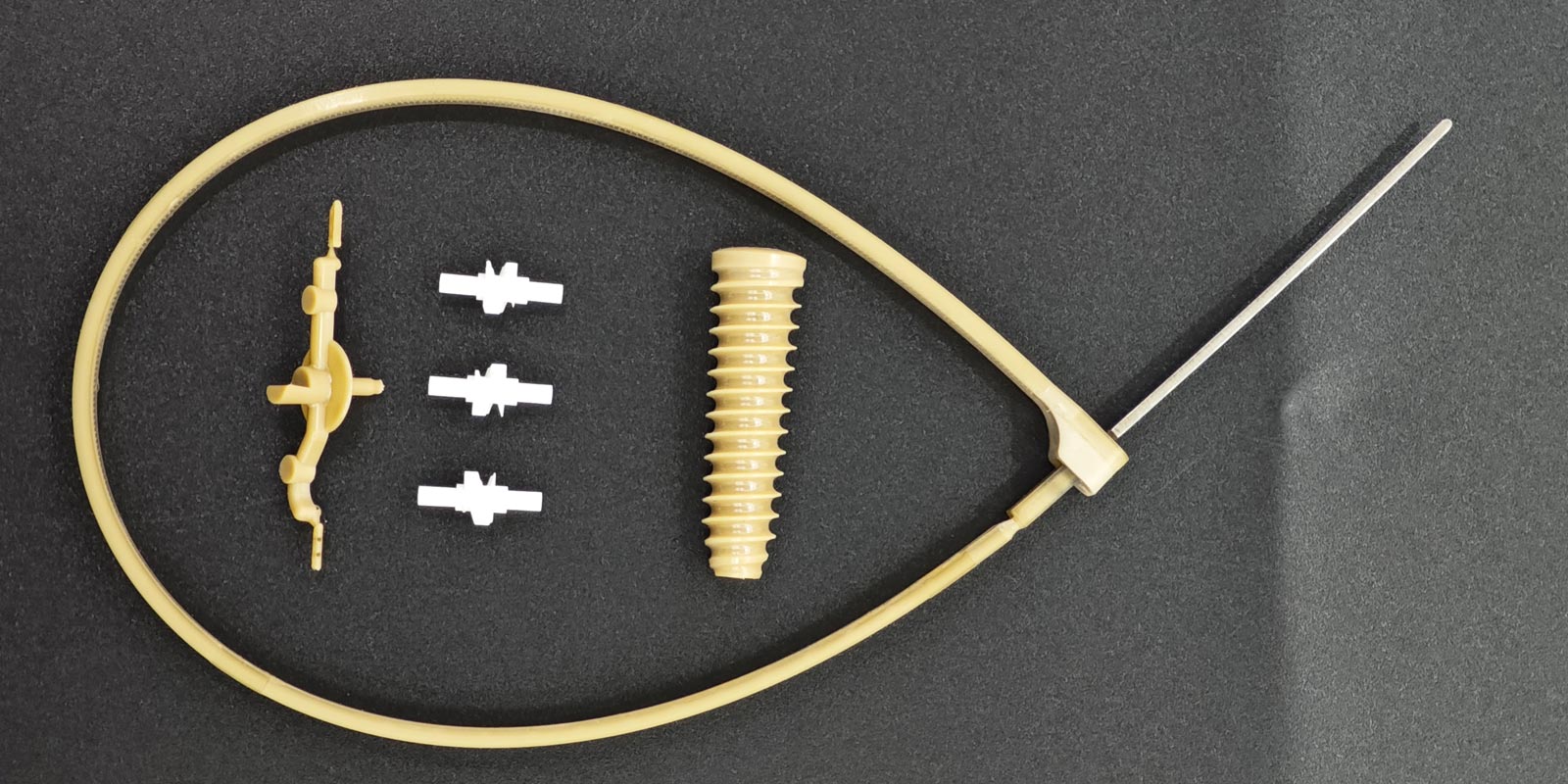
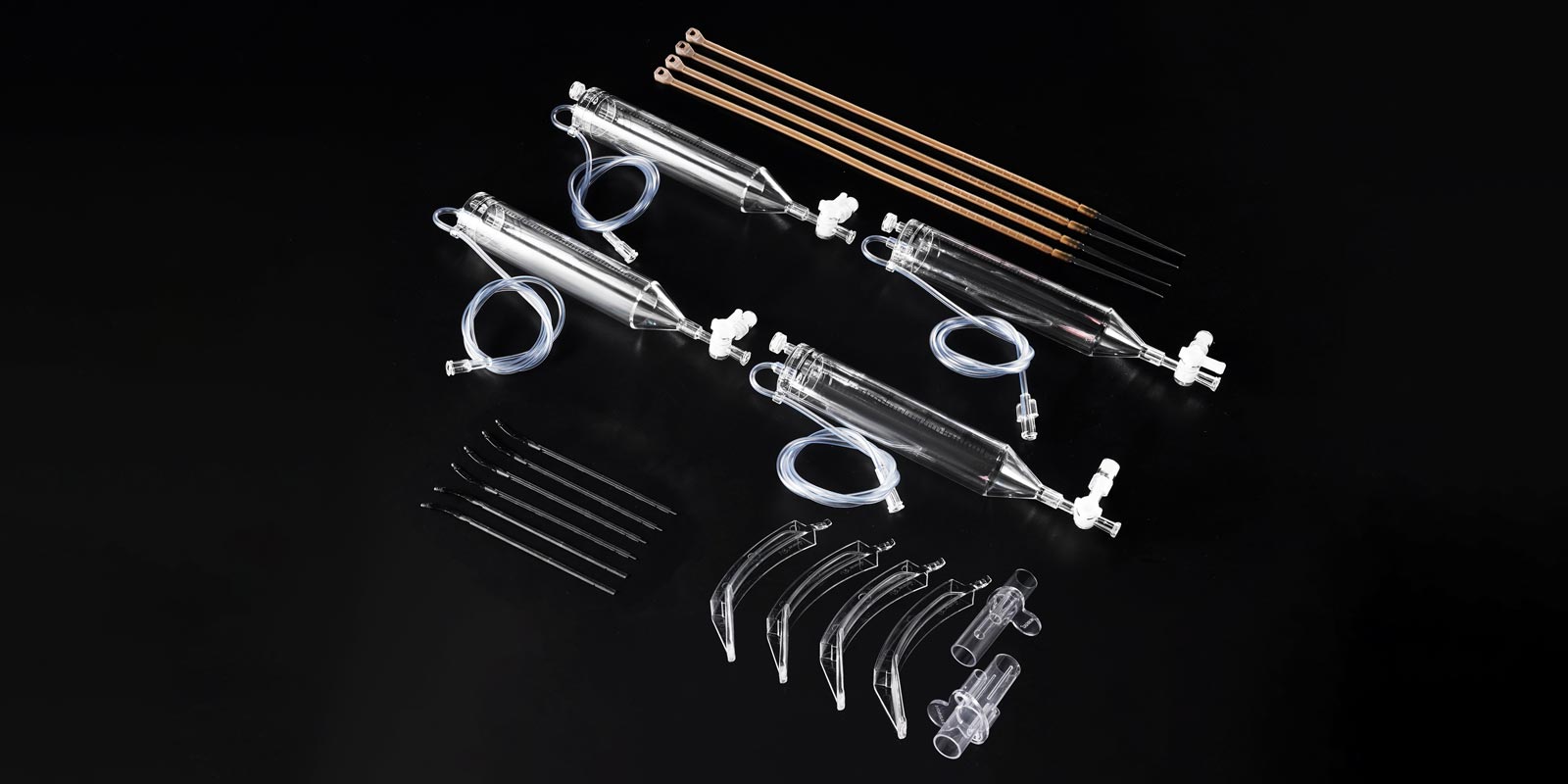

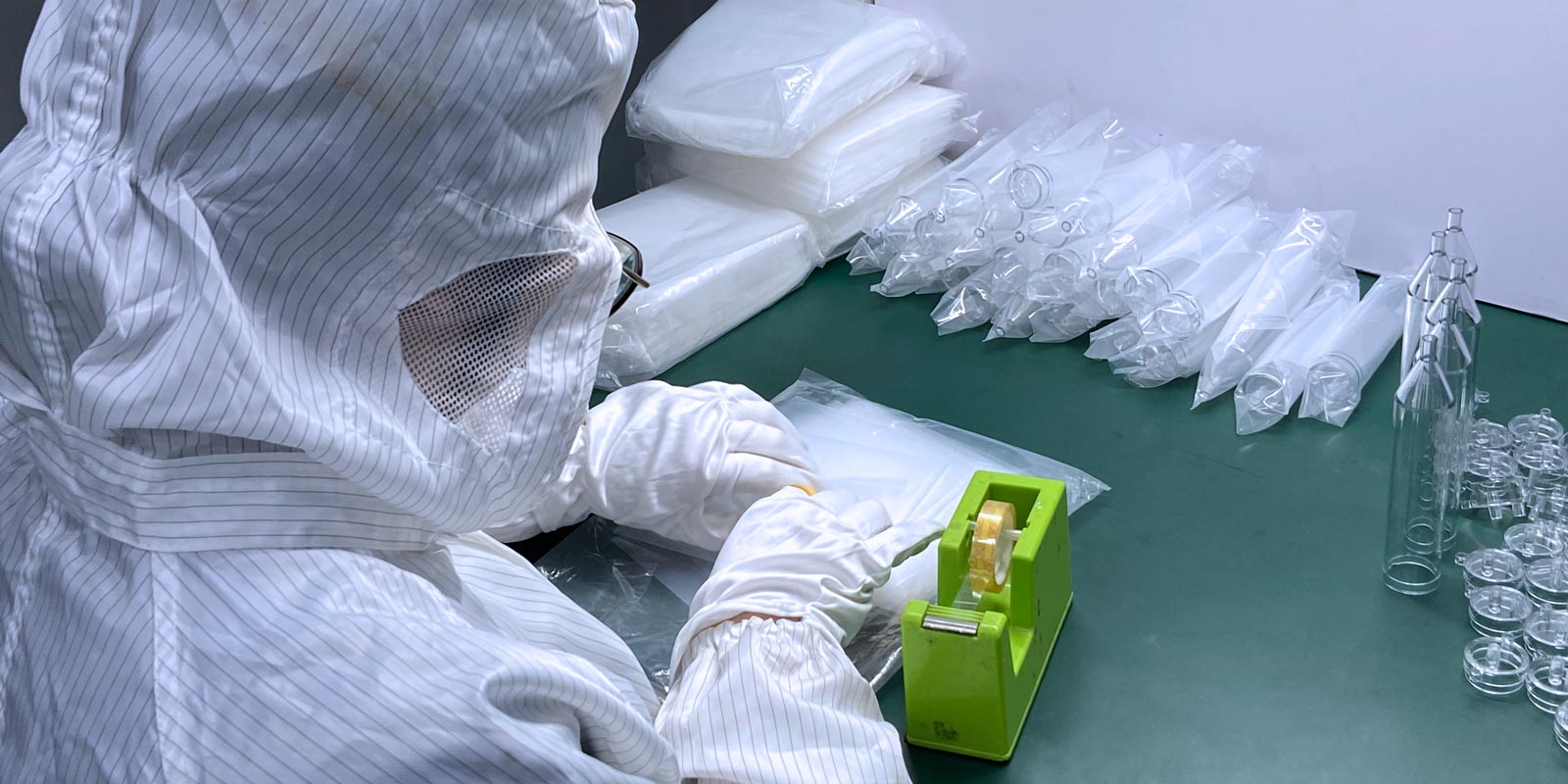
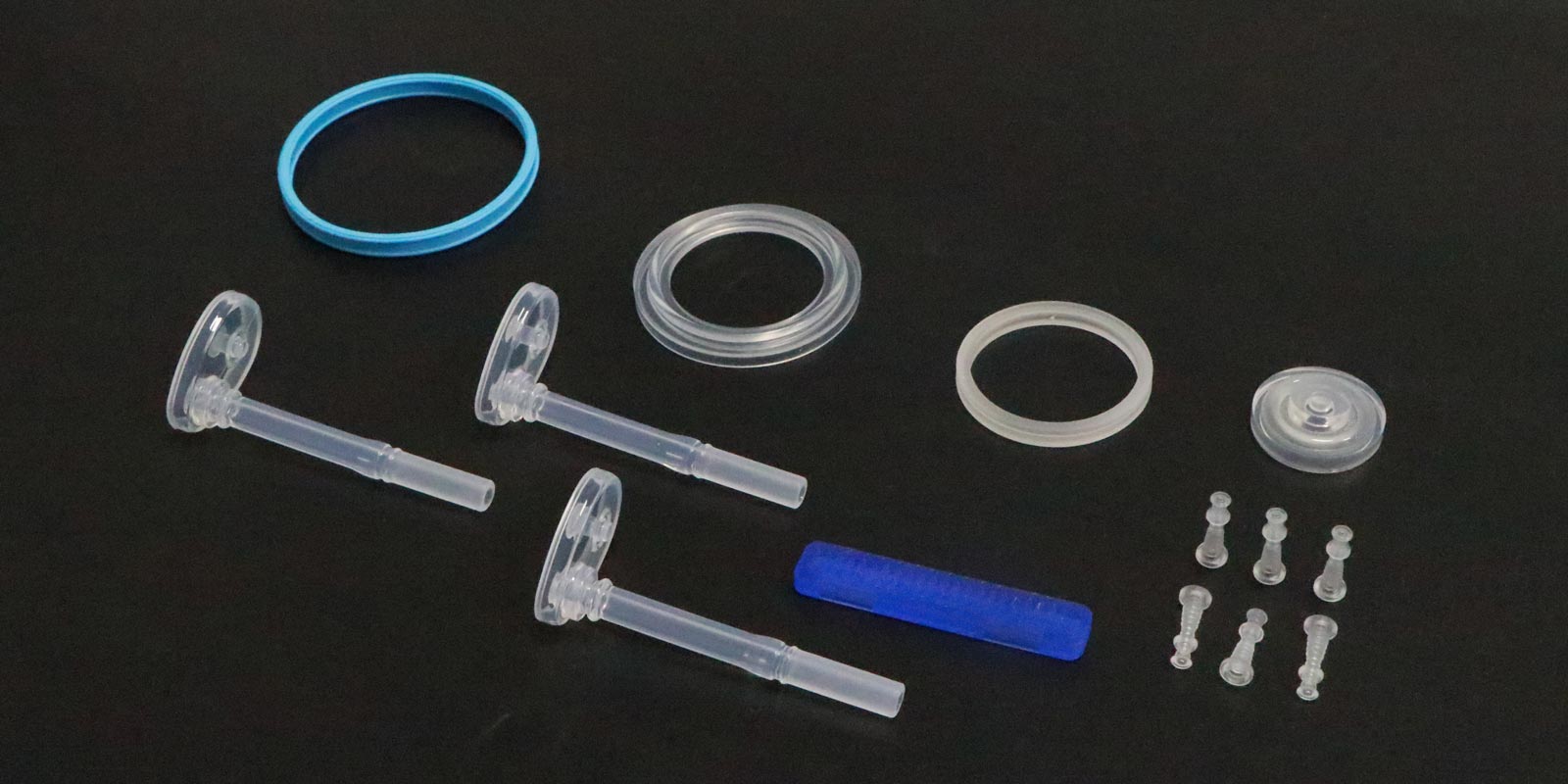


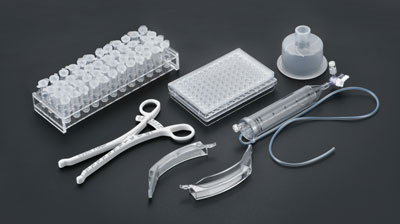








 Home
Home
